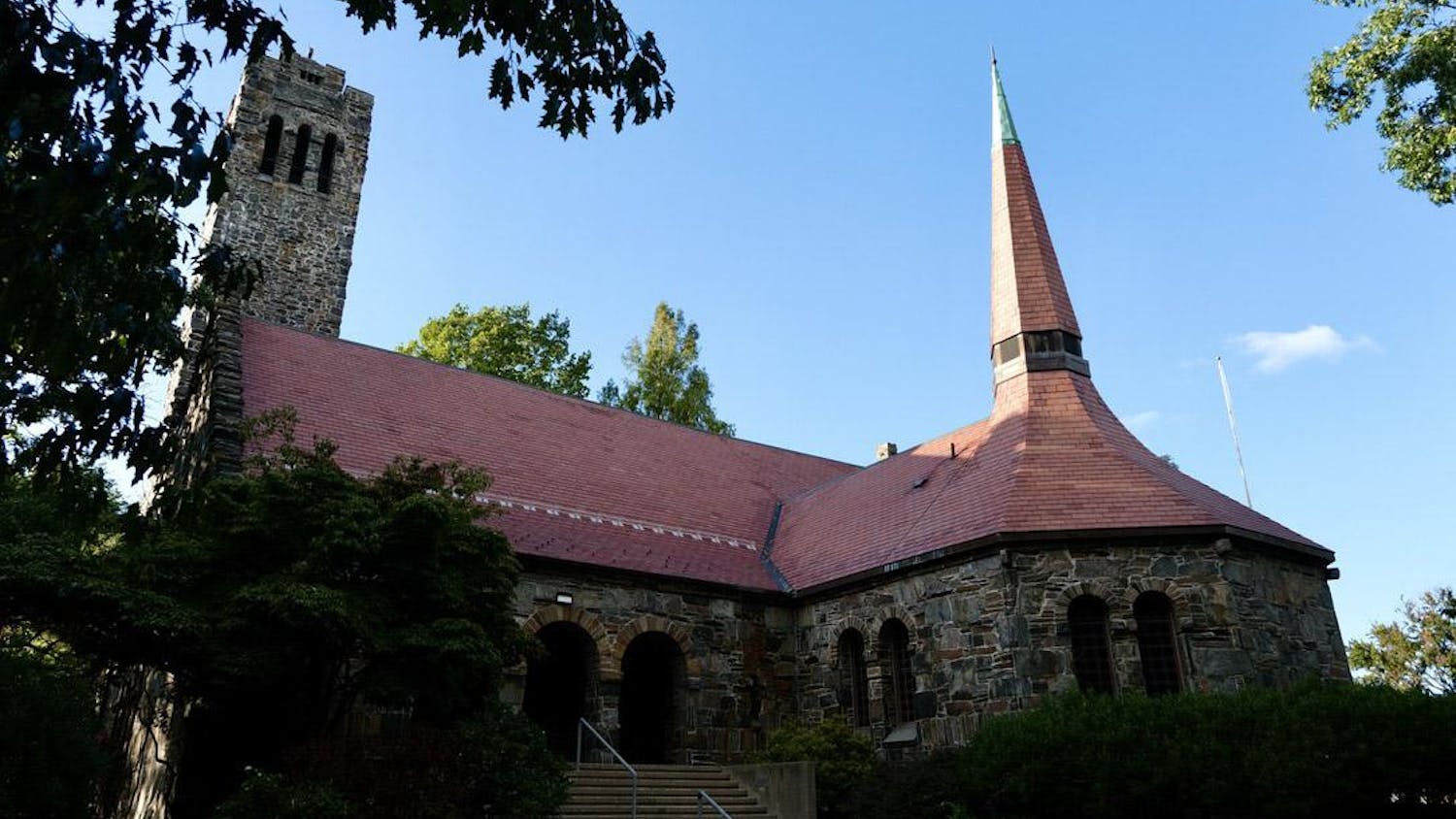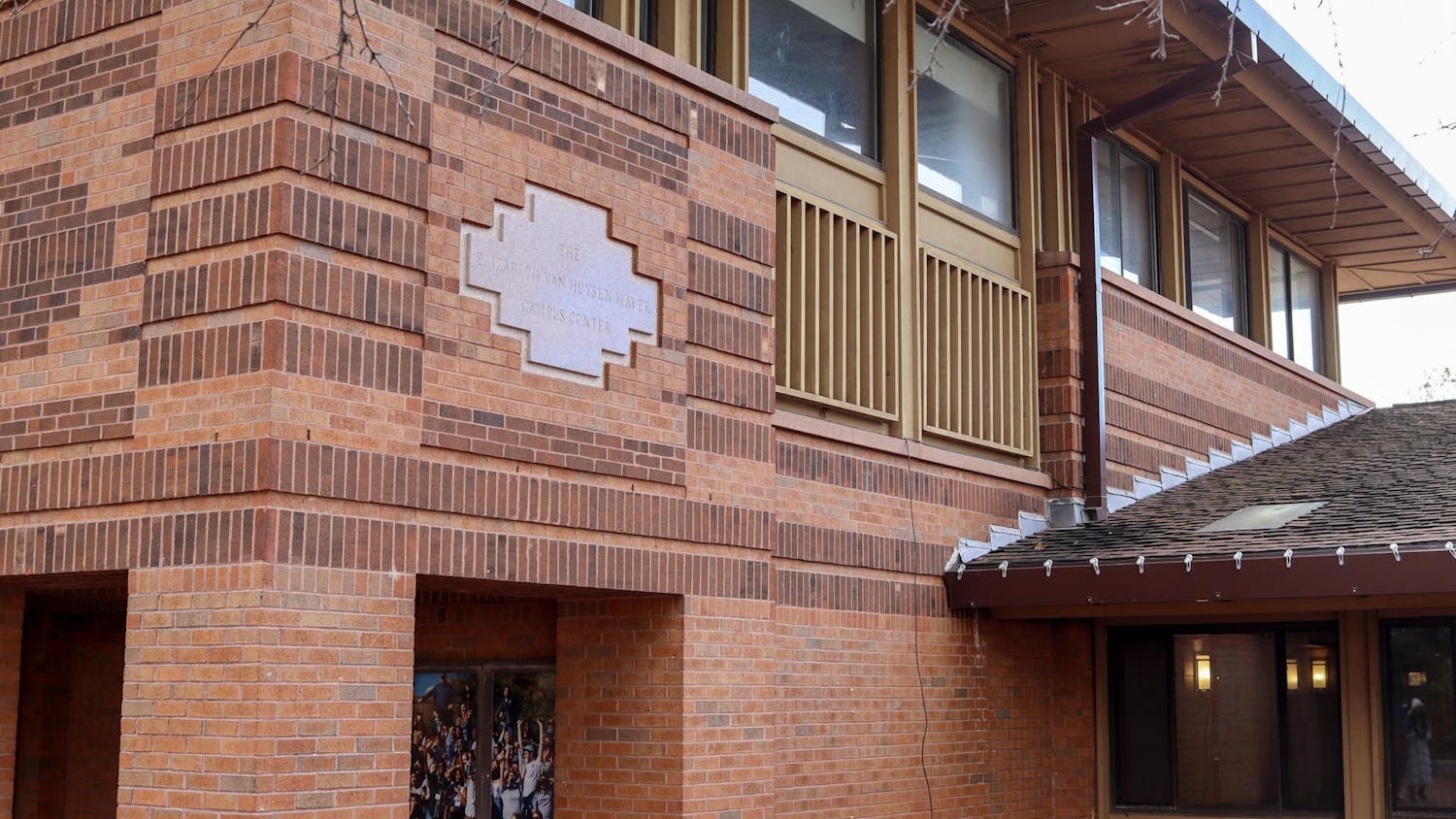There are hardly words to describe how elated, ecstatic and enthused I am for finals this semester. Nothing warms my heart on these cold December nights like the thought of hunkering down in Tisch to catch up on an entire semester of readings and to study for my exams (read: fall asleep for a few hours with my face in a book. I like to call it studying by osmosis).
Although Tisch seems pretty standard as far as university libraries go these days, Tufts students did not always have the benefit of a first?rate library to supplement their studies. I know it can feel like a drag to spend hours in a study corral breaking your brain over an IR final or slogging your way through postmodern lit, but trust me when I say you have it easy compared to our Jumbo predecessors.
As one of the very first Tufts students on the Hill, you might have found yourself studying in front of the university president. Beginning in 1853, President Hosea Ballou II maintained the library in his office on the second floor of Ballou Hall and, in addition to his presidential duties, acted as the university's librarian.
I don't know how much time I would have wanted to spend studying alongside the president anyway because, frankly, it sounds like he exercised rather totalitarian power as librarian. In the 1860 version of the library's Reading Room rules, Ballou mandated that "1. This room is held for the purposes exclusively of a Reading Room; i.e: there shall be no conversation in it, no Meetings for business, consultation, or amusement. 2. There shall be no Smoking in the Room. 3. No one shall wear hat, or cap, in the Room." Seems like a fun guy, doesn't he?
By the 1880s, the library had outgrown the confines of the president's office and Tufts decided to move the collection to Middle (now Packard) Hall. This new "library" opened in 1887, with quotation marks intentionally employed: Middle Hall housed 20,000 books and 9,000 pamphlets in addition to 26 students and the Tufts groundskeeper and his family.
Middle Hall's success as a library was limited, however. During this time period the library only remained open for one hour on Saturday afternoons so it was rather difficult for students to actually access the library's growing collections. Furthermore, the multi?purpose Middle Hall was not the most sturdily constructed edifice, and by 1901, the university deemed it uninhabitable due to the "potential danger to the library from fires in stoves and fireplaces in the days before central heating."
Essentially, our library's second incarnation was a literary inferno waiting to happen.
In 1908, the university finally got its priorities straight and formally welcomed students, faculty and the public of Medford and Somerville to use the collections in the newly constructed Eaton Memorial Library (now Eaton Hall). Yes, you read that correctly: townies also had full access to our library. When Tufts asked philanthropist Andrew Carnegie if he would donate the $100,000 needed for the library's construction, Carnegie agreed but with the caveat that the surrounding communities be allowed to utilize the library's collections as well.
Eaton served us well as a library for a few years, but it soon became clear that after its first century as an institution of higher learning, Tufts would need a library for its ever expanding undergraduate population and the Jumbos of the future. The university responded by opening the Nils YngveWessell Library in 1964, a $2.9 million dollar project which finally brought Tufts' library facilities into the 20th century. In 1997, the university funded the construction of Tisch Library, built around the original core of the Wessell Library to become the building we know and love to this day.
Well, maybe "love" is a bit of a strong word.
--
Alanna Tuller is a senior majoring in English. She can be reached at Alanna.Tuller@tufts.edu.





